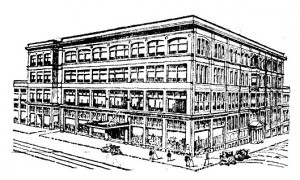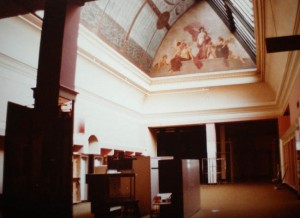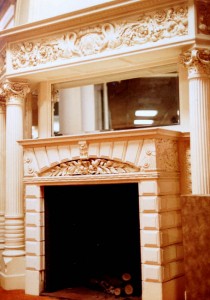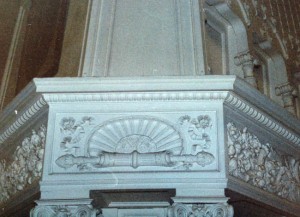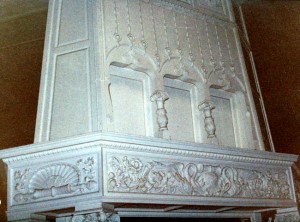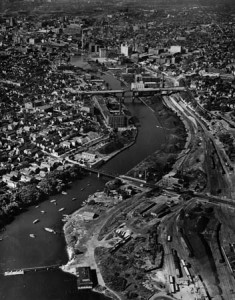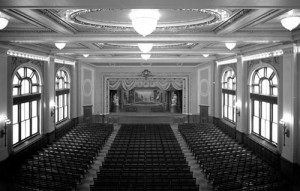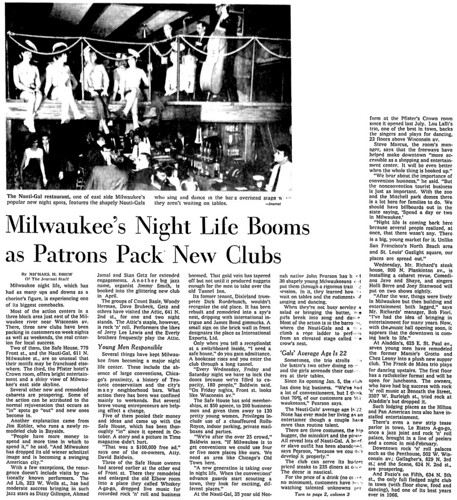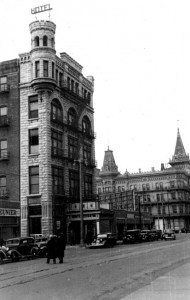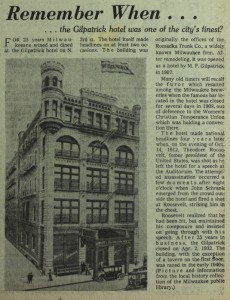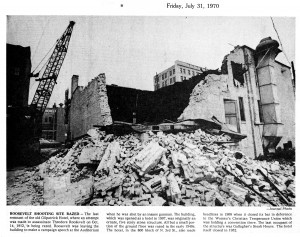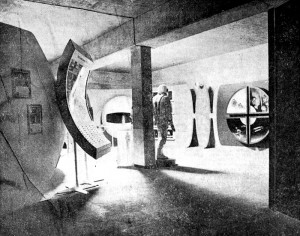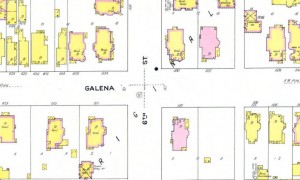Here is a sad story of how the original school zone sign came to be. This article is from a January 1921 issue of Safety Engineering magazine.
Safety Engineering, January 1921
“School, Drive Slow”How did this effective and widely prevalent traffic sign near schoolhouses originate? Who was the inventor? What led to the invention?
In October, 1914, a little boy in Milwaukee, coming out of school, saw his father waiting for him, in an automobile across the street. His father calling, “Come quick,” he ran across the street as fast as he could. Neither the father nor his little son noticed a heavy truck that was coming along at full speed. Its heavy wheels killed the boy instantly. The father’s grief was beyond description. He was a physician, a specialist for children. The boy was his only child. The unfortunate truck driver tried his best to stop but he was driving at a speed that made stopping impossible. The driver was heart-broken over the accident.
The circumstances of the distressing fatality came to the attention of Miss Emma M. Selle, a friend of little children. The thought came into her mind that signs should be placed near schoolhouses calling attention of drivers to the nearness of the school and commanding them to drive slow and look out for the children. If a sign of that kind had been placed near the school where the little boy was killed, the driver of the truck could have stopped his machine and the child’s life would have been saved.
Miss Selle wrote the pathetic story to a city official, who turned the letter over to the Safety First Committee of Milwaukee, recently organized. There was an 8-mile speed limit ordinance in force in the city and a sign giving that information had been placed near one school in the city. When Miss Selle’s letter came before the City Council, suggesting that the signs, “school, Drive Slow,” be placed in several places near each schoolhouse, money was appropriated for that purpose and the signs were erected.
On December 12, 1916, Miss Selle wrote to President Wilson, asking him to suggest to the governors of the different States, then meeting in New York, that similar signs be placed near all schoolhouses throughout the United States. On December 14, Mr. Tumulty, private secretary to the President, sent an acknowledgement of her letter and said that her suggestion would be brought to the attention of the President. On December 18 Miss Selle received a letter from the office of the Commissioners of the District of Columbia, signed by Mr. D. J. Donovan, secretary, saying that the Commissioners of the District had received her letter to President Wilson, which the President had referred to the Commissioners, and that due consideration would be given to the placing of signs in streets near schoolhouses in order to protect the children.
On December 15, 1916, Miss Selle wrote to Governor Phillips of Wisconsin telling of the accident that had happened. Through the influence of Governor Phillips, the signs, “School, Drive Slow,” were placed near every schoolhouse in the State of Wisconsin—public, parochial and even small country schools.
“school, Drive Slow,” conveys three distinct thoughts:
“School” suggests the near presence of children.
“Drive” arrests the attention of drivers.
“Slow’ is a command which makes every driver involuntarily grip his wheel to slacken his pace.
In some cases, warning signs, made up according to the ideas of city officials, had been placed near schoolhouses. But most of them were complicated, containing many words, and were either not read or not heeded.
Hence, the first real safety sign to protect school children was Miss Selle’s “School, Drive Slow,” which is now being rapidly installed everywhere throughout the United States. Other signs have been developed from the original “Drive Slow” idea, such as “Keep To The Right, Drive Slow,” seen on bridges; and “Danger, Drive Slow,” seen near sharp turns in roads.

